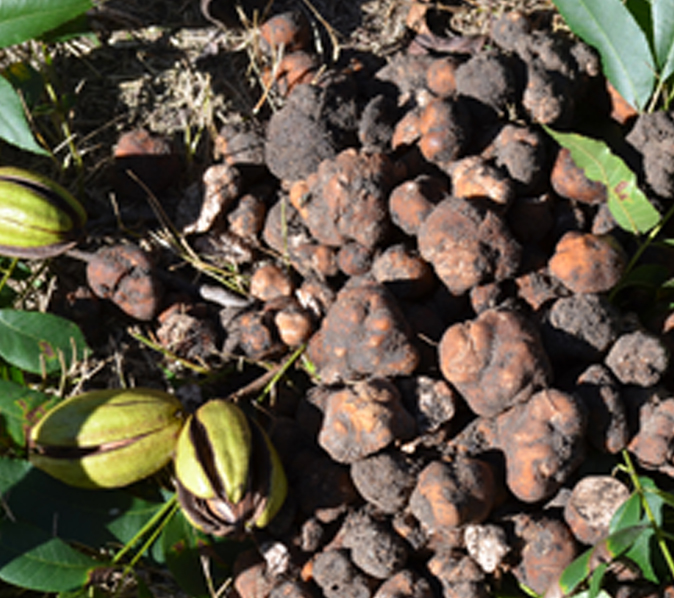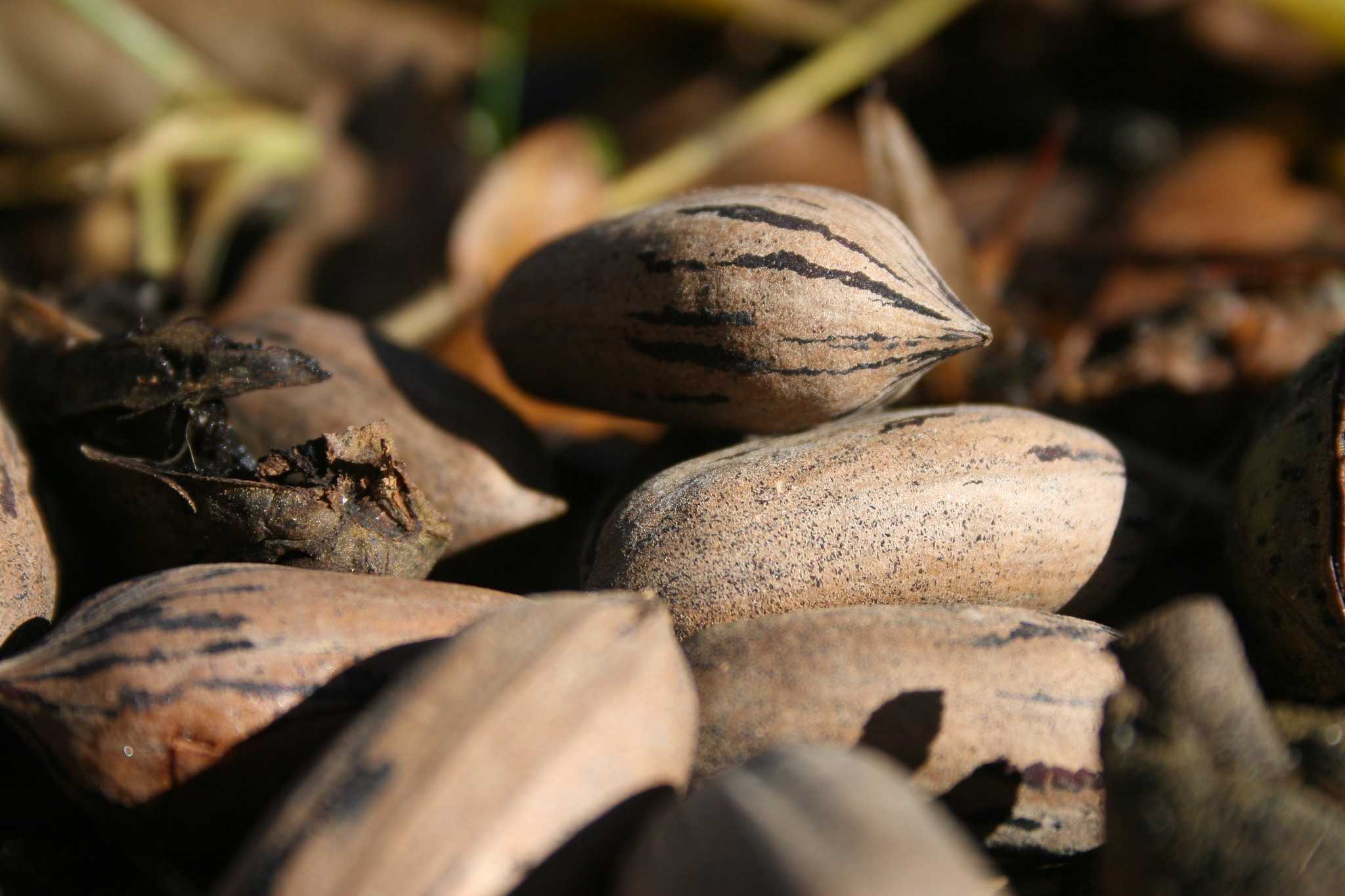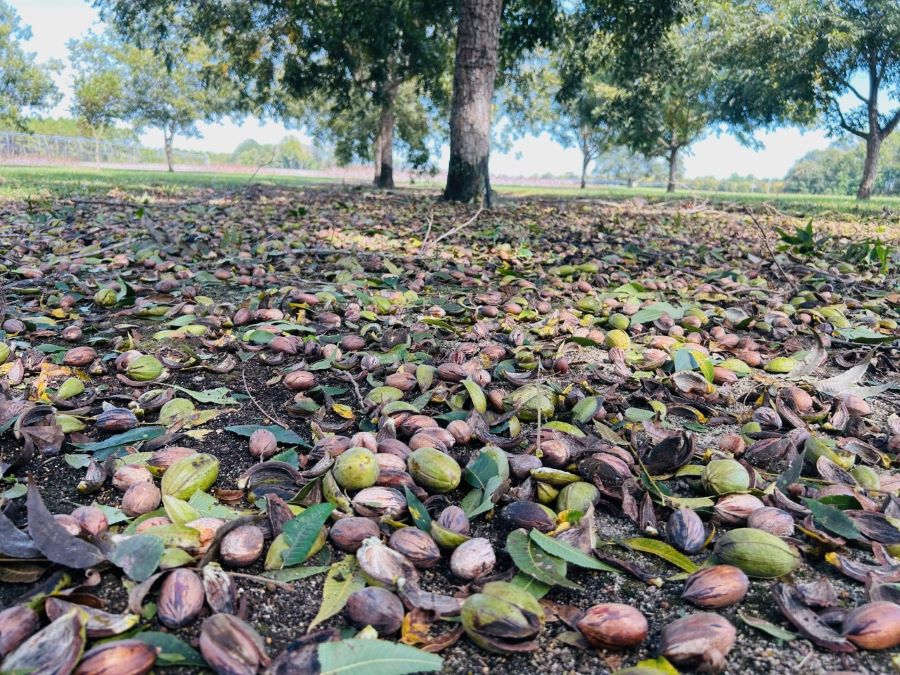Prized by chefs and foodies, pecan grove truffles have long been the secret jewels of Georgia’s pecan orchards. However, new research and truffle searching methods may soon bring the fungal delicacy to more Georgia tables.
A type of mushroom, truffles aid in the nutrition of pecan trees — they grow on the trees’ roots and collect nutrients. Just like their French cousins, truffles found in Georgia are in high demand in the gourmet food industry. Truffles can be added to pasta, lobster or even grits.
According to Tim Brenneman, a plant pathologist with the University of Georgia College of Agricultural and Environmental Sciences-Tifton Campus, one pound of truffles can sell for upwards of $300.
While truffles lie beneath the surface waiting to be discovered, finding the fungi is difficult. Since they are generally located an inch or two beneath the soil, pecan farmers have had to rake the dirt in hopes of finding one. It is a time-consuming process that doesn’t always generate positive results.
Recently, though, working dogs at Wynfield Plantation in Albany, Ga., were trained to locate truffles using their keen sense of smell. The training is not unlike the training that police or military working dogs use to pinpoint the locations of bombs or illegal drugs. In pecan orchards, the dogs sniff for truffles and lay down next to where the truffles are located.
Truffles possess a very strong earthy aroma, easily detectable for dogs of this caliber.
“They train very high-quality dogs with military specifications,” Brenneman said. “We got them truffles last fall and they could train the dogs very quickly to go smell a truffle rather than a bomb.”
Using trained dogs makes raking for truffles a thing of the past.
“Before, I was just going out with a rake. With a little free time, I’d stop at a pecan orchard, go rake around and see if I could find them. It was very hit or miss,” he said.
Brenneman is also working with Duke University scientists who have developed DNA markers that can detect truffles. Instead of blindly raking for the fungi, researchers can extract DNA from tree roots. The molecular markers detect the existence of truffles with the extracted DNA.
“It’s a huge advance in being able to detect the fungus and know where it is and where it’s not, as opposed to just blindly raking,” Brenneman said.
Progress has also been made on the UGA campus in Tifton by culturing truffles and growing them intentionally. A small pecan orchard was inoculated with truffles in 2001. Last fall, the trees produced their first truffle crop.
Brenneman says it is not unusual for the process to take this long with other species of truffle, but this was the first time it was done with pecan truffles. Now that the first truffles have been harvested, Brenneman and his research team should have a truffle crop every year.
Though truffles are fungi, they are different than other mushrooms because they are completely enclosed below ground. Mushrooms have little gills or pores underneath where spores form, drop out and then spread by wind and rain. Truffles are an enclosed mass of spores designed to be spread by animals, such as mice, squirrels, boles and wild hogs. These animals smell the strong aroma, then dig up the truffles and eat them. The truffle travels through the animal and they deposit the spores to a new area.
For more on the UGA pecan truffle project, see the website http://www.caes.uga.edu/commodities/fruits/pecantruffles/index.html .







.jpg)